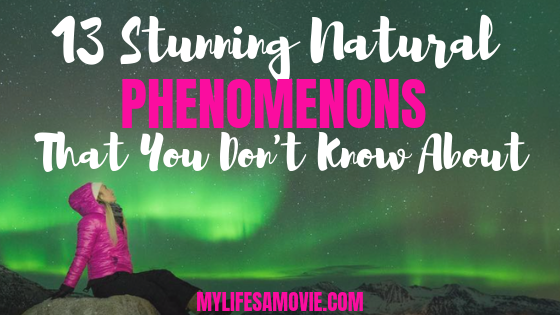
You see so many incredible sights while traveling, but there’s something especially breathtaking about seeing or experiencing natural phenomenons.
Don’t get us wrong, there’s no denying how amazing man-made sights like the Eiffel Tower, the Great Wall of China and the Pyramids of Giza are. Because they are incredible sights that everybody needs to experience.
But natural phenomenons are next-level. They really reinforce the power of mother nature – and she certainly is a force to be reckoned with!
Still not convinced? Well, we’ve rounded up 13 stunning natural phenomenons that you probably don’t know about. So get ready to be amazed (and to pack your bags to explore all these places once you finish reading!)
Jump To:
1. Spotted Lake, Canada
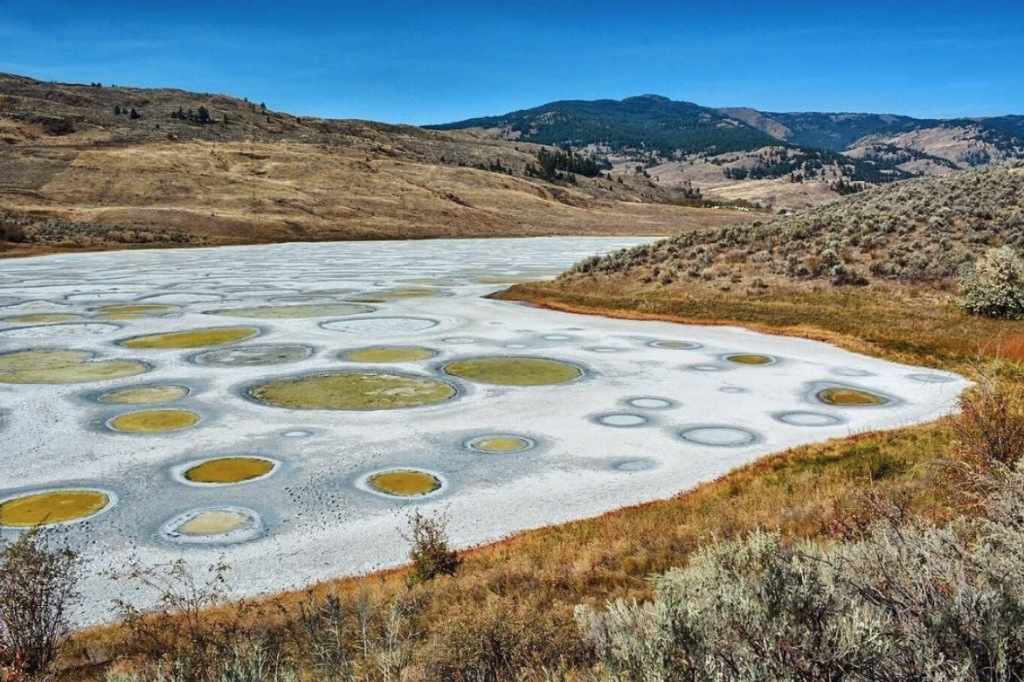
We’re starting off with a natural phenomenon that looks cute and summery!
So what makes Spotted Lake rock polka dots like there’s no tomorrow?
The lake is highly concentrated in minerals. During summer most of the water in the lake evaporates, leaving behind colorful mineral deposits, aka the spots. The remaining minerals in the lake harden to form natural white ‘walkways’ between the spots.
2. Lake Natron, Tanzinia
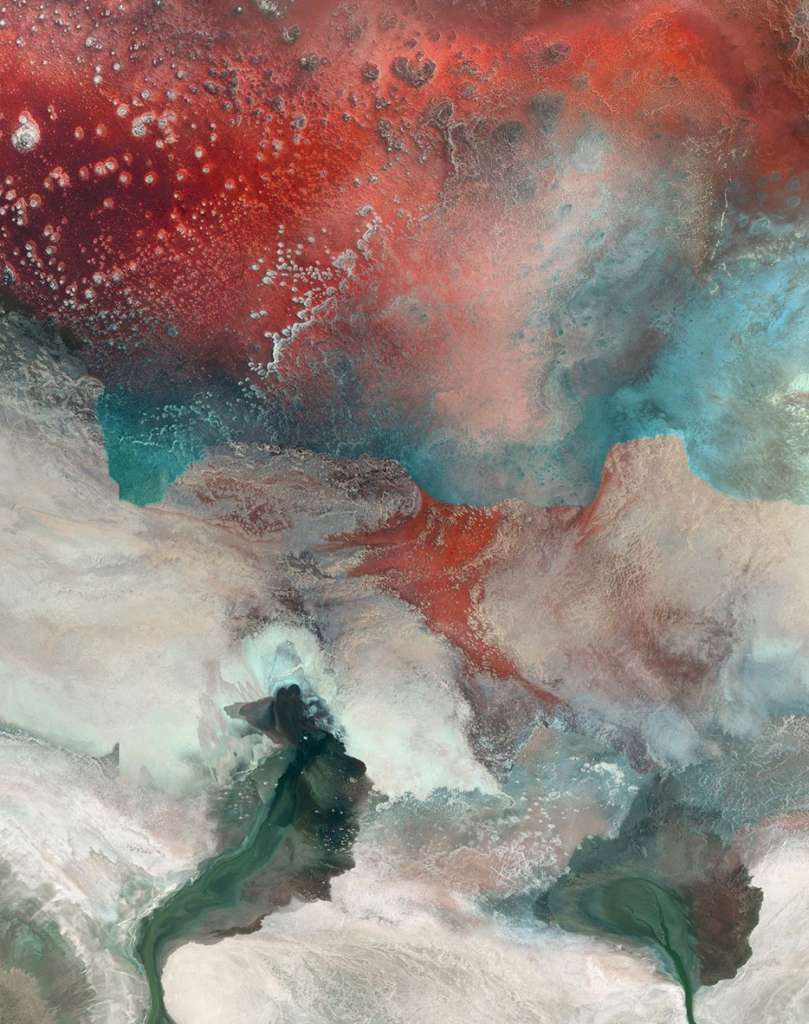
Sticking with the ‘lakes as natural phenomenons’ theme here!
As incredible as Lake Natron looks, you definitely should now get too close to it! The lake can get up to 140°F and can reach pH levels of around 11(the same as ammonia) meaning it’s high alkaline.
Because the lake has such high alkaline levels, it’s basically void of wildlife. The only animals you’ll find here are some super tough fish, and lesser flamingos who use the lake as their only breeding ground because it protects them from predators.
Most other animals who try to go into the lake end up dying from the high alkaline levels. In fact, they end up being coated in a baking soda type substance from the lake and look like they’ve turned to stone!
3. Kawah Ijen Volcano, Indonesia
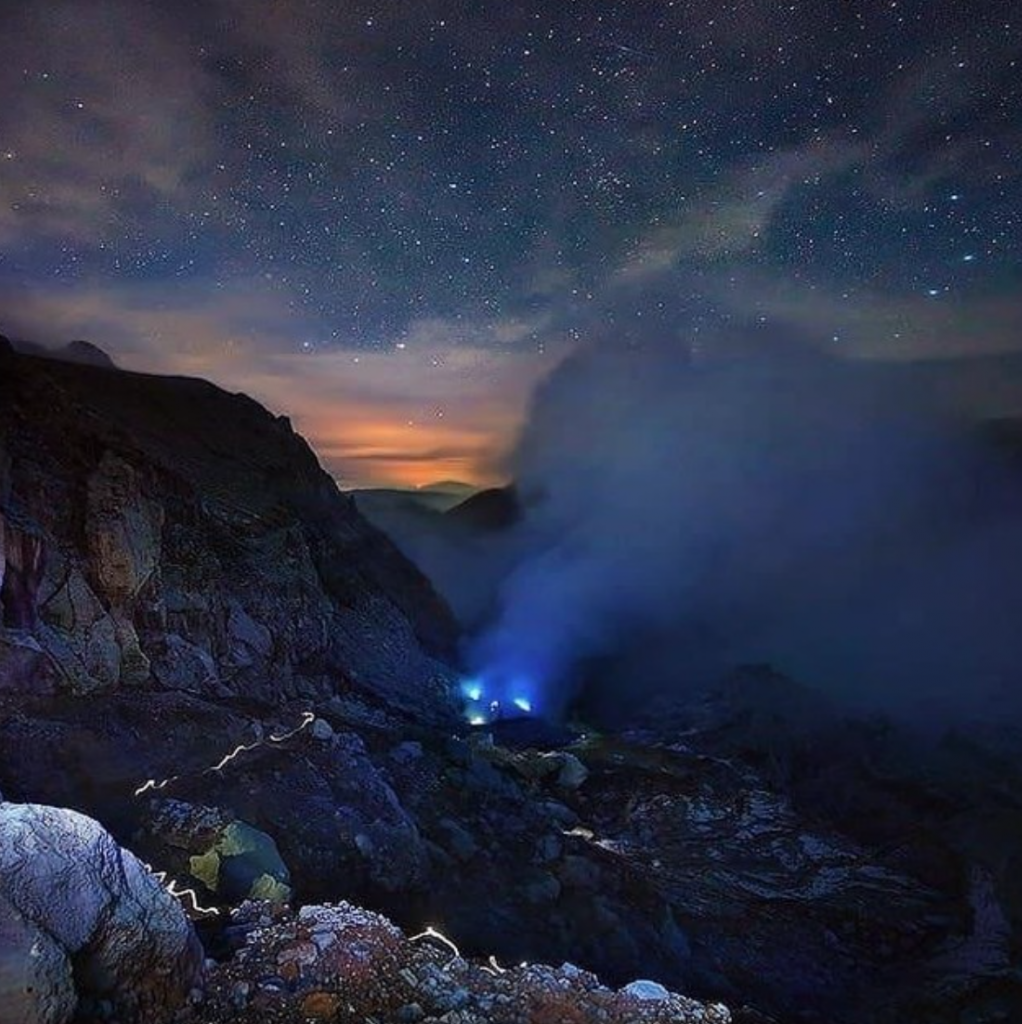
Volcanoes are incredible phenomenons as they are, but the Kawah Ijen Volcano in Indonesia puts the other volcanoes to shame.
As you’d know, when most volcanoes spurt lava, that lava looks like fire with the colour ranging from a golden yellow through to red.
But would you believe that Kawah Ijen spurts blue lava?! Yes, you read that right, the lava is blue.
How does this happen? The volcano has some of the highest levels of sulphur in the world. Fun fact, the volcano’s crater is also home to the most acidic lake in the world. It looks pretty (a beautiful turquoise blue) but it can kill you.
The blue lava phenomenon is caused when the volcano’s sulfuric gases come into contact with air temperature above 680°F.
Another fun fact for you, unlike regular volcanoes whose bright red lava is visible in the day, Kawah Ijen’s blue burning flames can only be seen at night.
4. Aurora Borealis, Scandinavia and Northern Canada
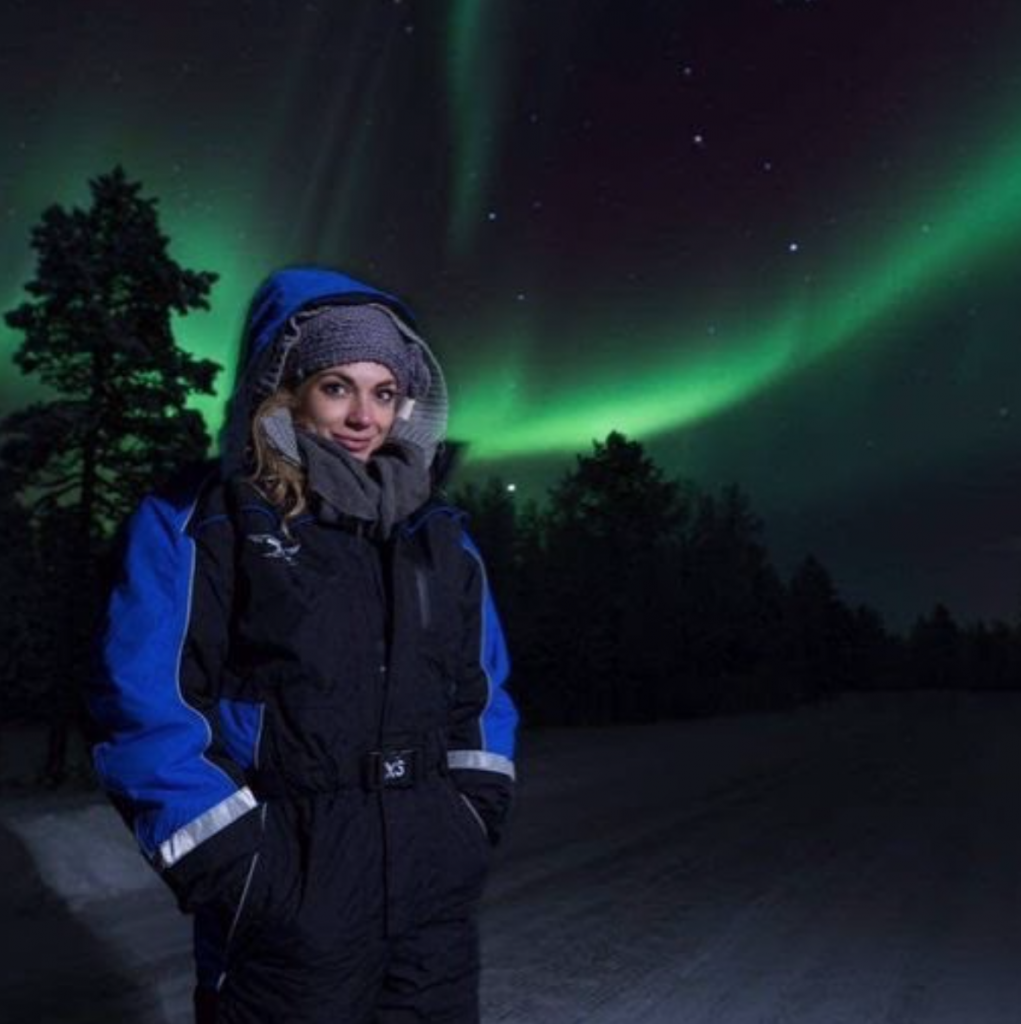
Aka, the Northern Lights. The Aurora is one of those phenomenons that will take your breath away over and over again.
What is it? It’s the most epic natural light show you will ever see! It’s caused by collisions between electrically charged particles released from the sun that enter the earth’s atmosphere and collide with gases such as oxygen and nitrogen.
Aurora Borealis is usually much more visible under clear, dark skies and away from artificial light.
The best time to see it is usually September – April from around 5pm – 2am.
5. Technicolored Mountains, China
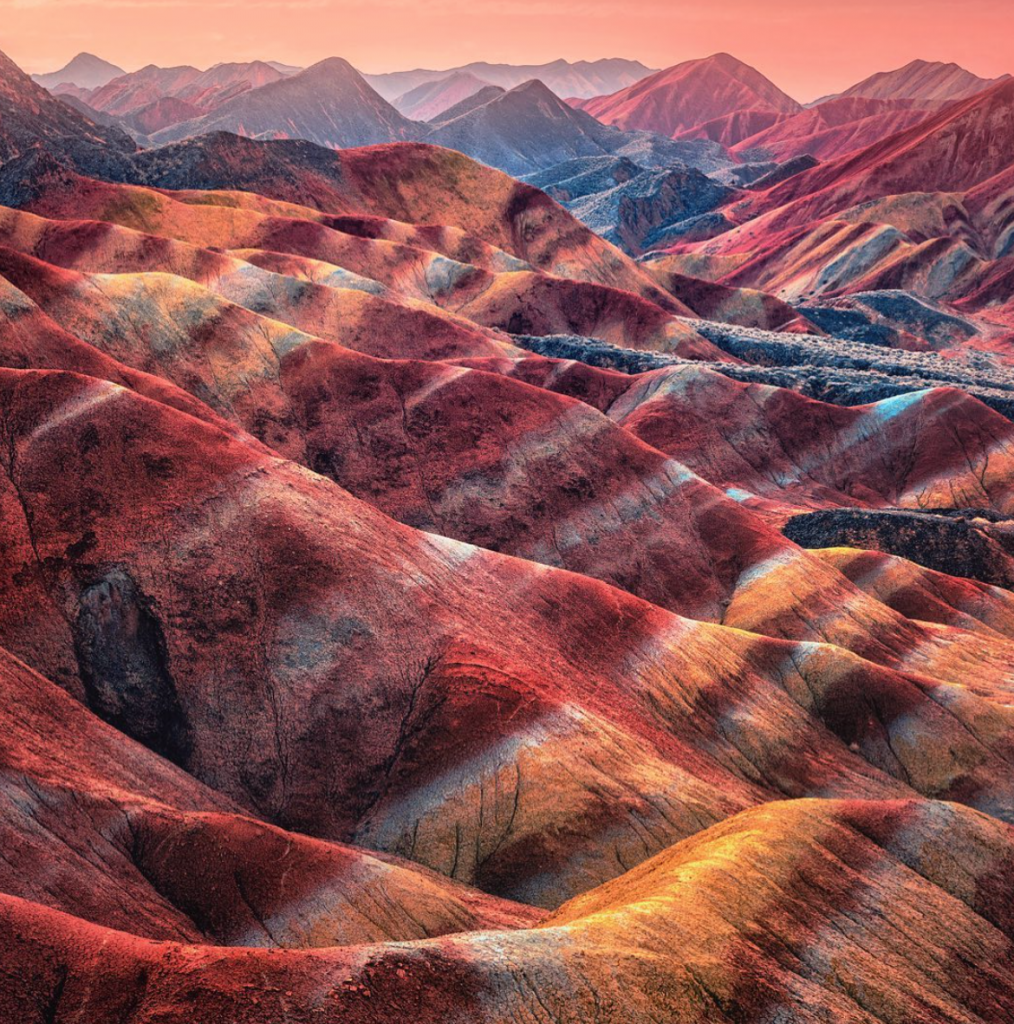
Situated in Zhangye National Geopark, these beautiful rainbow mountains are an all natural phenomenon!
The colour in the mountains is the result of deposits of sandstone and other minerals that were pressed together over the course of 24 million years.
The mountains are so special and unique that they have been listed as a UNESCO World Heritage site since 2010.
6. Rainbow Eucalyptus

We’re now running with the mutli-colored phenomenons theme!
Native to Indonesia, the Philippines and Papua New Guinea, the Rainbow Eucalyptus is probably the most colourful tree in the world!!
The tree’s colorful stripy look is attributed to its bark turning different colours and then peeling away as it ages.
The colors in the tree range from bright green for young bark as it contains chlorophyll (usually found in leaves), which then turns purple then red then brown as it gets older and loses chlorophyll, and picks up tannins (also found in wine).
Fun (and ironic) fact: the wood pulp from Rainbow Eucalyptus is often used to make white paper!
7. Blood Falls, Antarctica
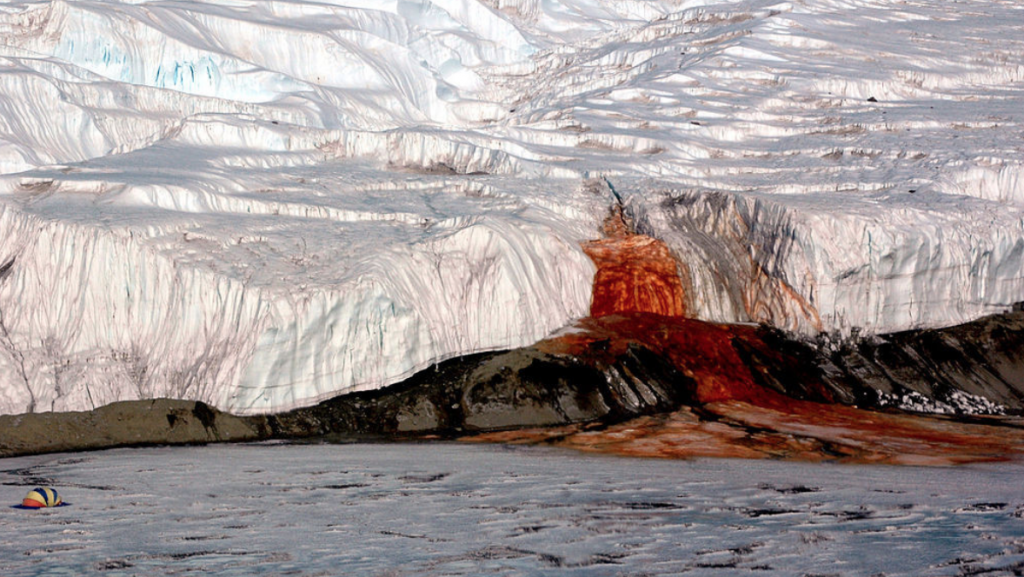
This is one of those phenomenons that is not for the faint hearted!
Named after the liquid that it looks like, Blood Falls is situated in Taylor Valley, Antartica.
The water from the falls flows out from Taylor Glacier and on to the ice covered surface of West Lake Bonney.
The red colour of the water was originally attributed to red algae but it’s actually because the water is super high in iron. So high, in fact, that the water literally rusts when it meets air, giving the waterfall its unique red color.
8. Salar de Uyuni, Bolivia
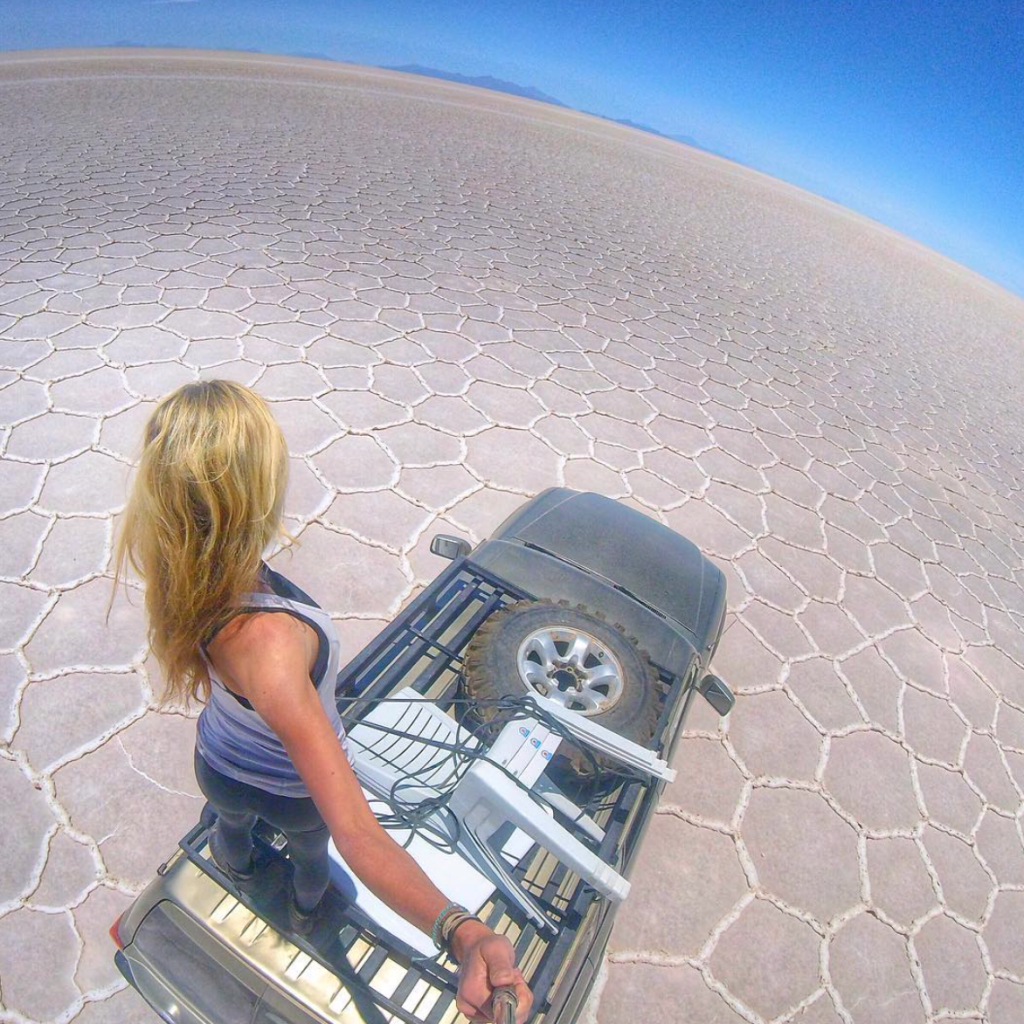
Salar de Uyuni, is the world’s largest salt flat at 4,086 square miles and was formed as a result of transformations between a whole bunch of prehistoric lakes.
It’s home to about half of the world’s supply go lithium, aka the key component in most electronic batteries.
During the wet season, Salar de Uyuni turns into the Sky Mirror. That’s right, from about January to April the salt flat turns into a perfectly reflective lake. This makes it the world’s largest mirror, and creates the illusion of heaven on earth!
9. Turquoise Ice Crystals, Russia
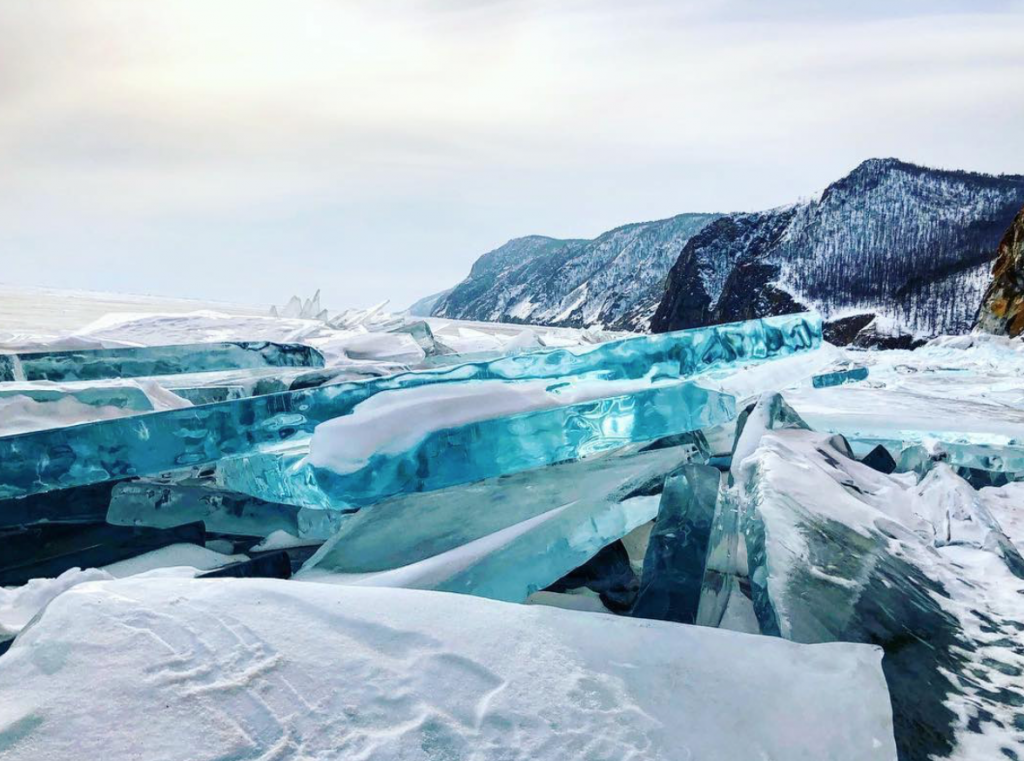
Welcome to Lake Baikal, the largest freshwater lake in the world and home to about 20 per cent of the earth’s fresh water. As if that wasn’t enough, Lake Baikal is the oldest lake in the world, at over 25 million years old!
So how do the beautiful turquoise ice crystals form? Well, Lake Baikal’s water is known for being some of the clearest in the world. When the lake freezes in the winter, massive shards of transparent ice form on the surface of the lake, giving the appearance of incredible turquoise ice.
10. Bioluminescent Waves
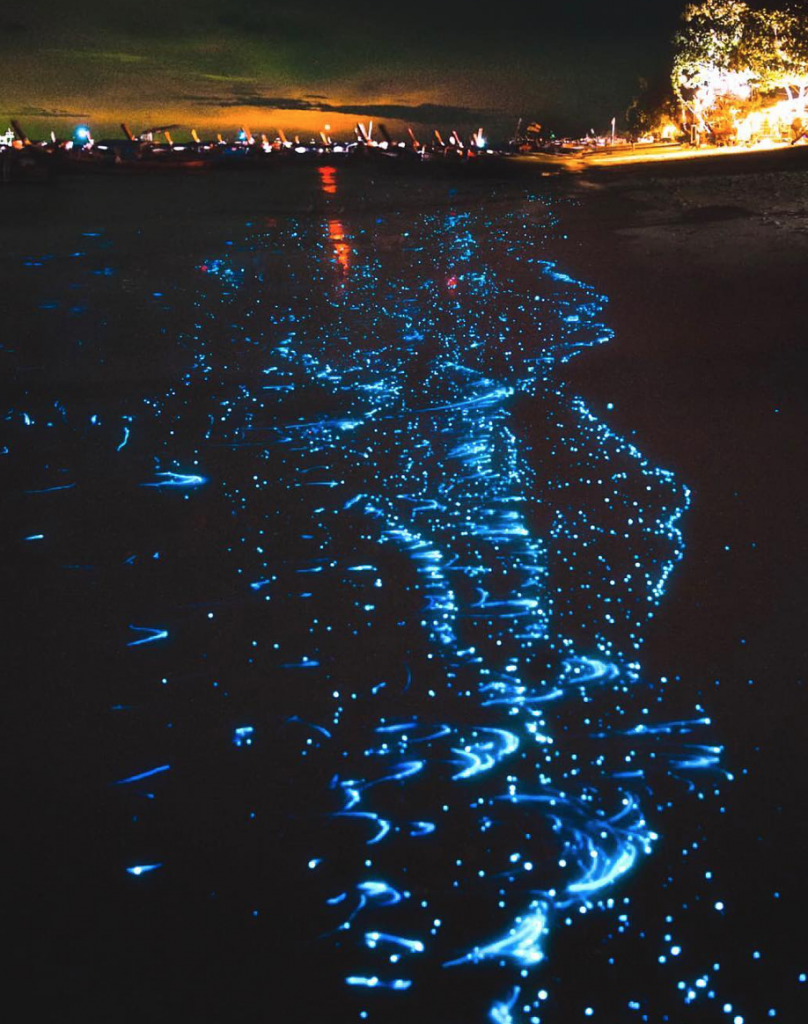
These mezmerising waves are visible from multiple spots around the world at night time. Some of the most popular places to see them include Japan, the Maldives, Puerto Rico and Thailand.
The incredible bright blue glow is thanks to concentrated populations of microscopic phytoplankton that are bioluminescent. Which means their chemical energy emits light and creates beautiful, illuminated waves – aka, one of those phenomenons that you absolutely need to see at least once in your life.
11. Great Blue Hole, Belize

The Great Blue Hole is a huge marine sinkhole just off the coast of Belize.
The Hole was originally a cave formed over 15,000 years ago when the sea levels were lower. As sea levels began to rise, the cave was flooded and the Hole was formed!
At over 400 feet deep, the hole is a popular site for scuba divers because of its beautiful clear water, and its unique and unusual species of marine life.
The Great Blue Hole is part of the larger larger Belize Barrier Reef Reserve System, a UNESCO World Heritage Site.
12. Rotorua Hot Springs, New Zealand

Ah Rotorua, one of the world’s most remarkable geothermal sites!
People from all over the world visit Rotorua thanks to its multiple geothermal phenomenons including bubbling mud pools and shooting geysers.
Fun fact: because of all the geothermal activity in Rotorua, the city has a unique smell. Some may describe it as smelling like rotten eggs (gross, we know!) But it is in fact the smell of the sulphur present in Rotorua’s many natural geothermal springs.
We can confirm that while the smell whacks you in the face at first, you get used to it pretty quickly, especially once you’re relaxing in a geothermal pool!
13. Eye Of The Sahara, Mauritania
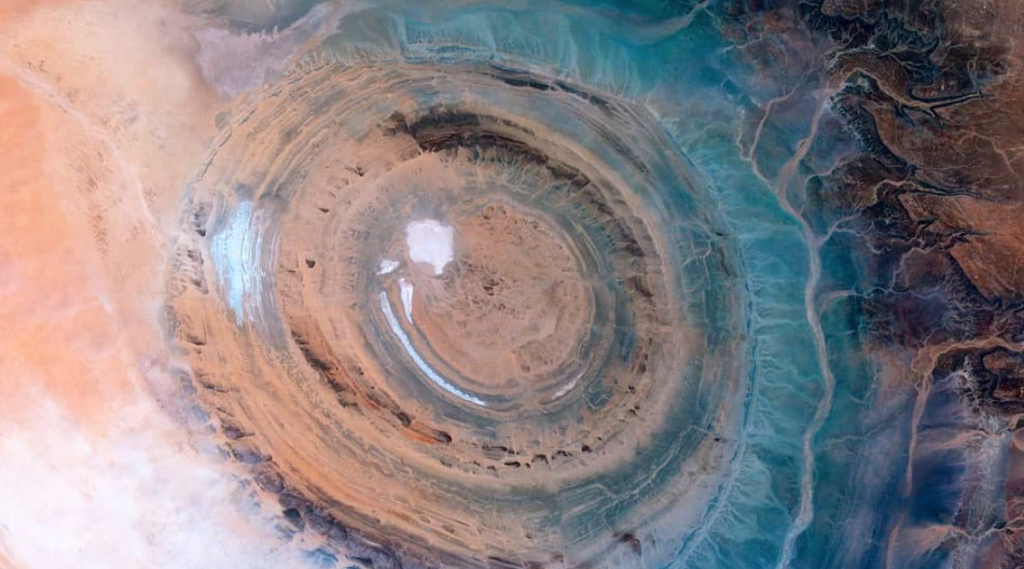
Last but not least of the natural phenomenons is the Eye of the Sahara or the Richtat structure as it’s formally known.
Breaking up the traditional featureless desert scenery, the Eye is a giant mass of white and blue rocks shaped in rings like a perfect bullseye.
Scientists are still debating how the Eye was formed, with some thinking it was the result of a meteorite impact and others attributing it to volcanic activity.
Fun fact: the Eye is the “almost home” signal for astronauts! Astronauts are also responsible for teaching us about the Eye in the first place, since it’s difficult to recognize when you walk over it.
Can you believe that these phenomenons exist, and that they’re all natural?! How many of these phenomenons have you seen, and which ones do you really want to see? Let us know in the comments below!




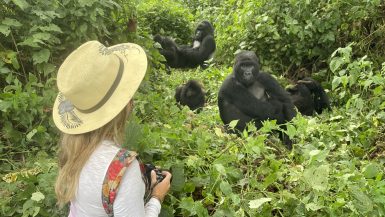

It’s mind blowing how beautiful this world is.